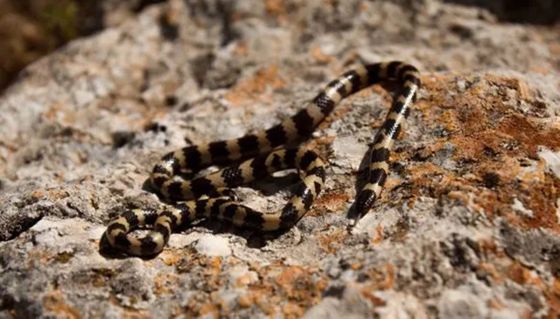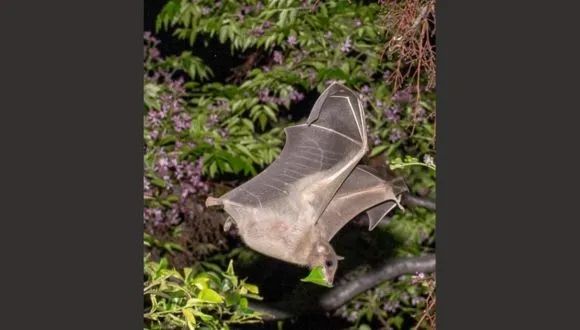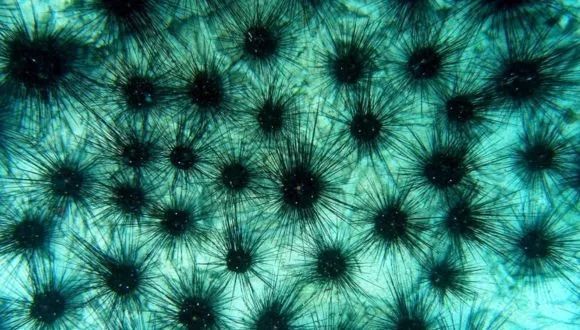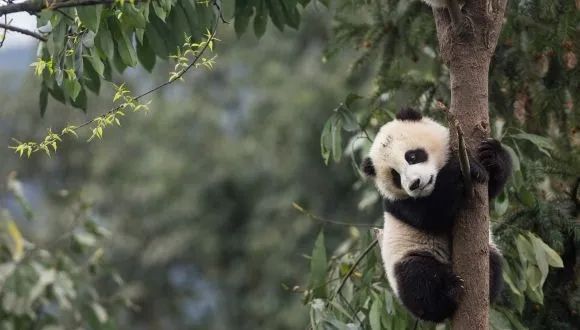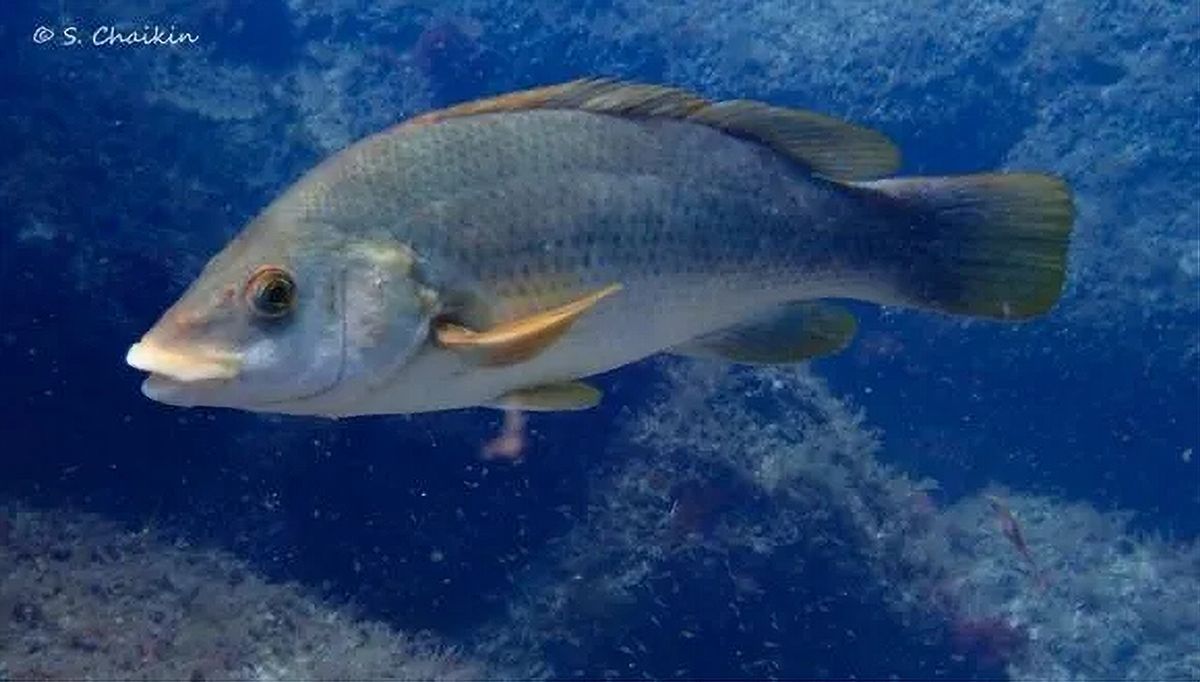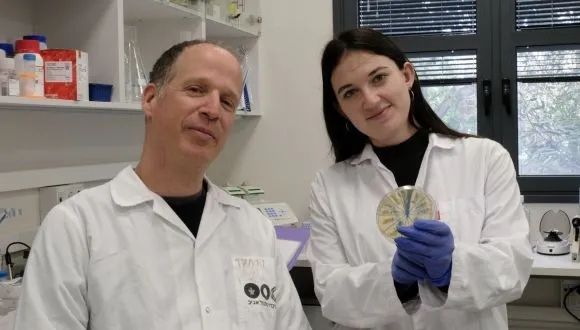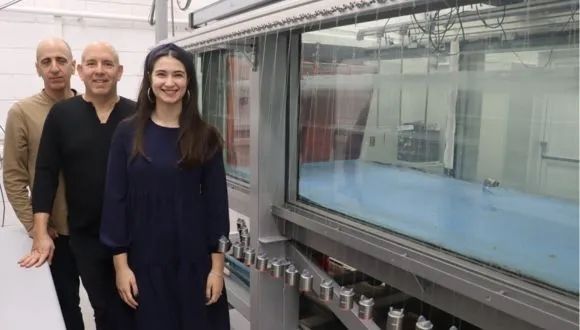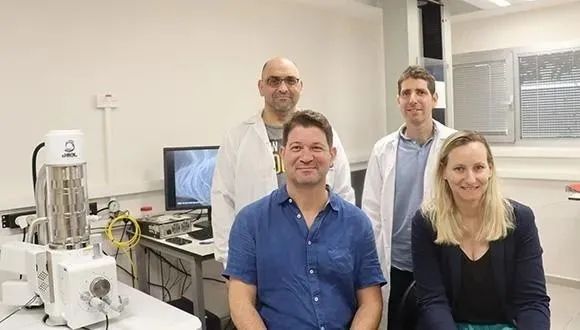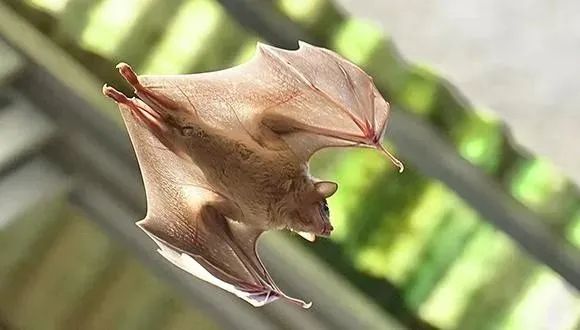An extensive international study identified a new family of snakes: Micrelapidae. According to the researchers, Micrelaps, small snakes usually with black and yellow rings, diverged from the rest of the evolutionary tree of snakes about 50 million years ago. As far as they know, the new family includes only three species, one in Israel and neighboring countries, and two in East Africa.
“Today we tend to assume that most large groups of animals, such as families, are already known to science, but sometimes we still encounter surprises, and this is what happened with Micrelapid snakes.” Prof. Shai Meiri
Exploring the Micrelaps’ Family Tree
The study was conducted by Prof. Shai Meiri of TAU’s School of Zoology, The George S. Wise Faculty of Life Sciences, and of The Steinhardt Museum of Natural History Museum, as well as researchers from Finland, the USA, Belgium, Madagascar, Hong Kong, and Israel. The paper was published in Molecular Phylogenetics and Evolution.
“Today we tend to assume that most large groups of animals, such as families, are already known to science, but sometimes we still encounter surprises, and this is what happened with Micrelapid snakes,” explains Prof Meiri.
“For years, they were considered members of the largest snake family, the Colubridae, but multiple DNA tests conducted over the last decade contradicted this classification. Since then, snake researchers around the world have tried to discover which family these snakes belong to – to no avail. In this study we joined the scientific effort.”
The researchers used micro-CT technology – high-resolution magnetic imaging, to examine the snake’s morphology, focusing specifically on the skull. In addition, they applied methods of deep genomic sequencing – examining about 4,500 ultra-conserved elements, namely regions in the genome that take millions of years to exhibit any change.
Prof. Meiri explains that “in addition to the DNA of Micrelaps, we sampled DNA from various snake groups to which they might have belonged. This way, we discovered some unique genomic elements in Micrelaps, which were not found in any of the other groups.”
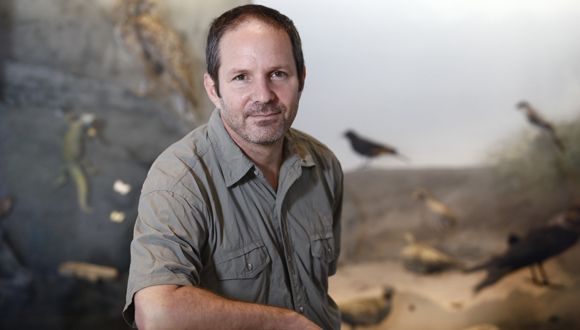
Prof. Shai Meiri
“Even through these snakes have been known for decades, they were mistakenly included in other families for many years.” Prof. Shai Meiri
Family Relocation
According to the researchers their findings indicate that Micrelaps diverged from the rest of the evolutionary tree of snakes about 50 million years ago. Since then, these snakes have evolved independently, as a distinct and separate family.
Apparently, this is a very small family, including only three species: two in Kenya and Tanzania in East Africa, and one in Israel and nearby regions (northern Jordan and the Palestinian Authority, southern Syria, and southern Lebanon). The geographic dispersion suggests that these snakes probably originated in Africa, and then, at some point in their history, some of them made their way north through the Great Rift Valley.
“In this study we were able to associate a new snake family – the Micrelapidae. Even through these snakes have been known for decades, they were mistakenly included in other families for many years. Since most animals have already been classified into well-defined families, such a discovery of a new family is quite a rare occurrence in modern science,” concludes Prof. Meiri.
Featured image: Small with black and yellow rings, some 50 million years old. Meet the Micrelaps snake (photo: Alex Sablenco )

